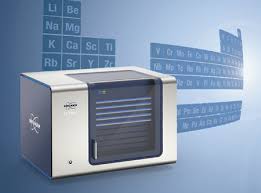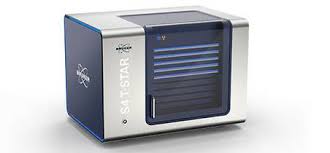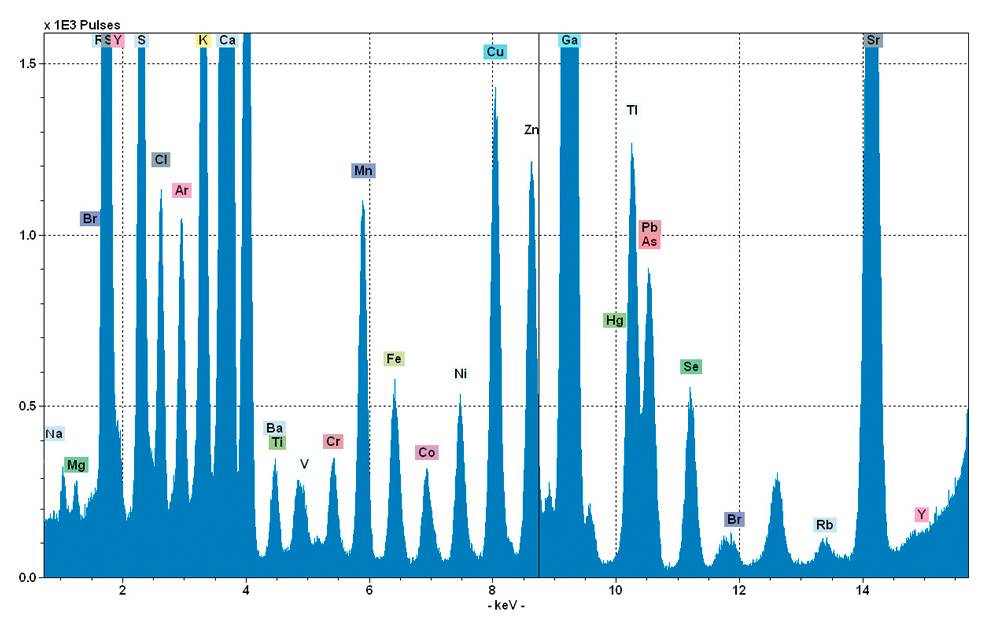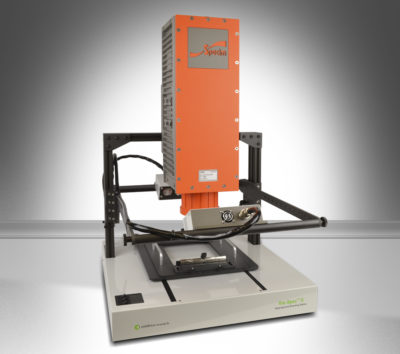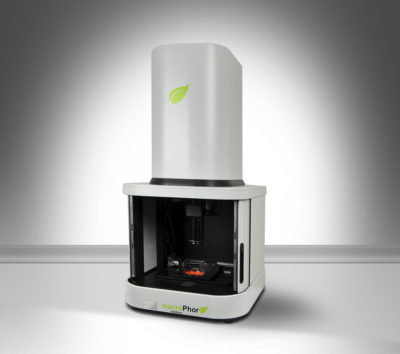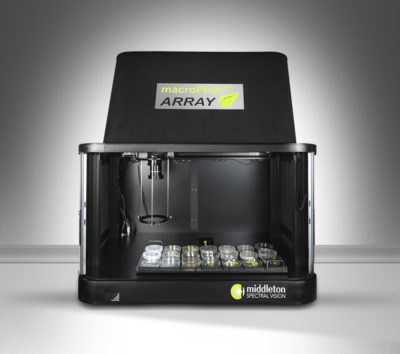Description
Total reflection X-ray fluorescence (TXRF) spectroscopy is a well-established method for trace element analysis of a variety of samples. The S4 T-STAR simplifies TXRF for 24/7 routine operation with guaranteed data quality. Significant improvements of detection limits are accompanied by automatic QC procedures, useful software routines and a unique versatility in terms of sample types and carriers.
Your Benefits
- The benchtop TXRF spectrometer S4 T-STAR offers lowest detection limits in the sub-ppb range.
- Automatic quality control features provide confidence in data and instrument quality.
- Maximum versatility for a direct analysis of many types of samples on different carriers.
- Optimized for 24/7 operation in industrial routine analysis.
- Designed for multi-user operation with a high capacity of 90 samples.
- A selection of sample trays and other tools accelerates sample preparation and minimizes errors and contamination risks.
No Worries About New Pharma, Food and Environmental Regulations
- S4 T-STAR is a powerful tool for food fraud prevention in globalized supply chains; e.g. food safety according to FAO/WHO standards realized by direct analysis of low levels of As in rice.
- S4 T-STAR monitors catalyzer elements in pharmaceutical production according to upcoming US and EU Pharmacopeia guidelines; e.g. detection of sub-ppm catalyzer elements in active pharmaceutical ingredients (API) and additives.
- S4 T-STAR provides a versatile solution for water, effluent, air and soil analysis for the recovery of a healthy environment; e.g. environmental monitoring by direct measurement of contaminants in wastewater, slurries and effluents in the low ppb range.
Outstanding Sample Versatility
The S4 T-STAR is a very versatile tool for the analysis of a great variety of sample types on different reflective carriers. This puts it ahead of ICP, which requires fully dissolved liquid samples.

